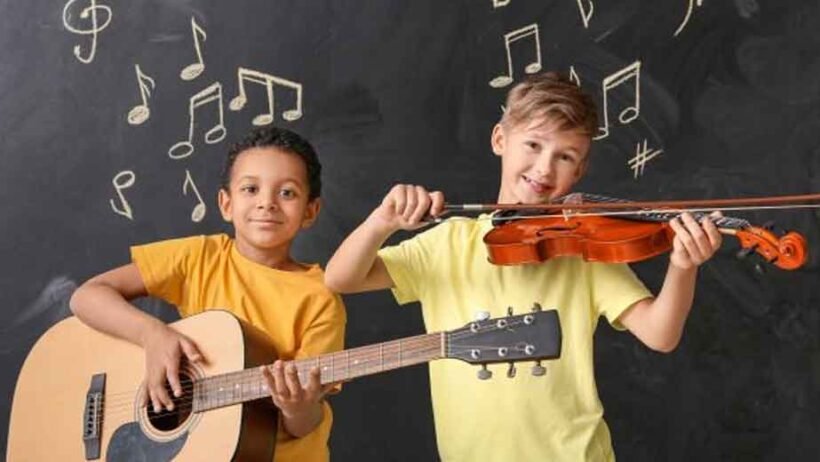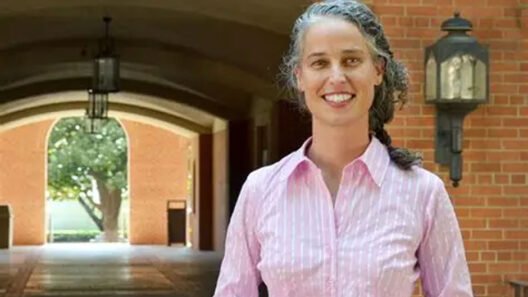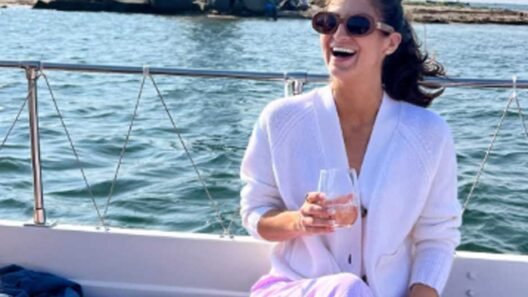Music is more than just a form of entertainment; it is a profound medium that nurtures imagination, critical thinking, and emotional intelligence. Music schools provide structured environments where students can immerse themselves in the study and practice of music while simultaneously exploring their creative potential. By offering a combination of technical instruction, performance opportunities, and collaborative experiences, these institutions create spaces where innovation thrives.
Students not only learn the mechanics of playing an instrument or reading musical notation, but they also discover how to express unique ideas, experiment with sound, and develop original compositions. At institutions like Norcal Music & Arts Center, learners are provided with opportunities to explore creativity in a supportive environment. We will explore how music schools cultivate creativity and encourage innovative thinking, fostering skills that extend far beyond the classroom and into broader personal and professional contexts.
Encouraging Creativity and Innovation in Music Education
- Structured Learning with Room for Experimentation
Music schools provide students with a strong foundation in theory, technique, and performance skills, offering structured learning that ensures a solid grasp of fundamental concepts. However, what sets these institutions apart is their encouragement of experimentation within that structure. Students are prompted to explore improvisation, create their own arrangements, and experiment with diverse musical genres. This approach allows learners to apply theoretical knowledge in imaginative ways, discovering new sounds and approaches that might not emerge in less guided environments.
For example, a student learning jazz might use the principles of chord progression to develop entirely original compositions, blending traditional techniques with personal expression. By balancing rigorous instruction with opportunities for creative exploration, music schools help students develop both technical proficiency and the ability to think outside the box, fostering innovation that can later influence professional music projects or cross-disciplinary artistic endeavors.
- Collaborative Opportunities and Peer Learning
Collaboration is a central component of music education that significantly contributes to creativity. In music schools, students frequently participate in ensemble performances, group compositions, and peer review sessions, allowing them to interact with a variety of perspectives and approaches. This collaborative environment encourages students to listen actively, adapt to others’ ideas, and incorporate diverse influences into their own work. Such experiences often lead to innovative outcomes that would be difficult to achieve in isolation.
For instance, a composition created in a small ensemble setting may blend elements of classical, electronic, and world music, reflecting the unique contributions of each participant. Beyond musical innovation, these interactions also nurture essential life skills, including teamwork, communication, and problem-solving. Music schools, therefore, act as incubators for both artistic creativity and collaborative innovation, offering students a practical framework for generating new ideas while working harmoniously with others.
- Exposure to Diverse Musical Styles and Cultures
A critical aspect of fostering creativity is providing students with exposure to a broad spectrum of musical traditions and cultures. Music schools often incorporate diverse curricula that include classical, jazz, contemporary, world music, and experimental genres. By engaging with a variety of musical forms, students expand their creative vocabulary and develop a richer understanding of sound and rhythm. Exposure to different cultural expressions encourages learners to think more flexibly and approach composition and performance from unique angles.
For example, integrating African drumming patterns with Western classical harmonies can inspire entirely new musical pieces. This diversity not only broadens technical skills but also stimulates the creative imagination, pushing students to innovate by combining elements in ways that reflect both personal interpretation and cross-cultural influence. Through these experiences, music schools equip students to be adaptable, inventive, and culturally aware creators in an increasingly interconnected world.
- Access to Mentorship and Guidance
While fostering independence is essential, guidance from instructors plays a crucial role in encouraging innovative thinking. Music schools provide students with mentors who offer constructive feedback, introduce new ideas, and challenge learners to push beyond their comfort zones. These mentors can guide students in exploring unconventional techniques, experimenting with different instruments, or developing original compositions. The mentorship process often involves a dialogue that balances critical assessment with encouragement, helping students refine their creative vision while maintaining technical standards.
Moreover, mentors can introduce students to professional networks, performance opportunities, and industry insights, allowing them to apply their creativity in real-world contexts. This combination of support and challenge ensures that students not only develop technical proficiency but also cultivate the confidence and critical thinking skills necessary to innovate and evolve as musicians.
- Integration of Technology and Innovation Tools
Modern music schools increasingly integrate technology into their programs, offering students tools that expand creative possibilities. Digital audio workstations, recording software, synthesizers, and virtual instruments provide new avenues for experimentation and composition. Students can manipulate sound, layer tracks, and explore unconventional sonic textures in ways that were previously inaccessible. The use of technology encourages students to think creatively about music production, sound design, and composition, fostering skills that are highly relevant to contemporary music careers.
By learning to blend traditional musical techniques with digital innovation, students develop a capacity for forward-thinking artistry. Additionally, technology enables students to collaborate across distances, share compositions globally, and gain exposure to innovative trends in music, further broadening their creative and professional horizons. Music schools that embrace these tools thus serve as hubs for modern creativity and inventive exploration.
Music schools play a vital role in nurturing creativity and fostering innovation by offering structured learning, collaborative opportunities, exposure to diverse musical styles, mentorship, technology integration, and performance experiences. These environments allow students to develop technical skills while exploring their unique artistic vision, encouraging experimentation and original thinking. By engaging with diverse perspectives, cultures, and creative tools, learners gain the confidence and insight needed to innovate within and beyond music. Ultimately, music schools are not only places for acquiring technical knowledge but also dynamic spaces where imagination, collaboration, and forward-thinking artistry are cultivated, shaping individuals who are capable of contributing original ideas to the world of music and beyond.







